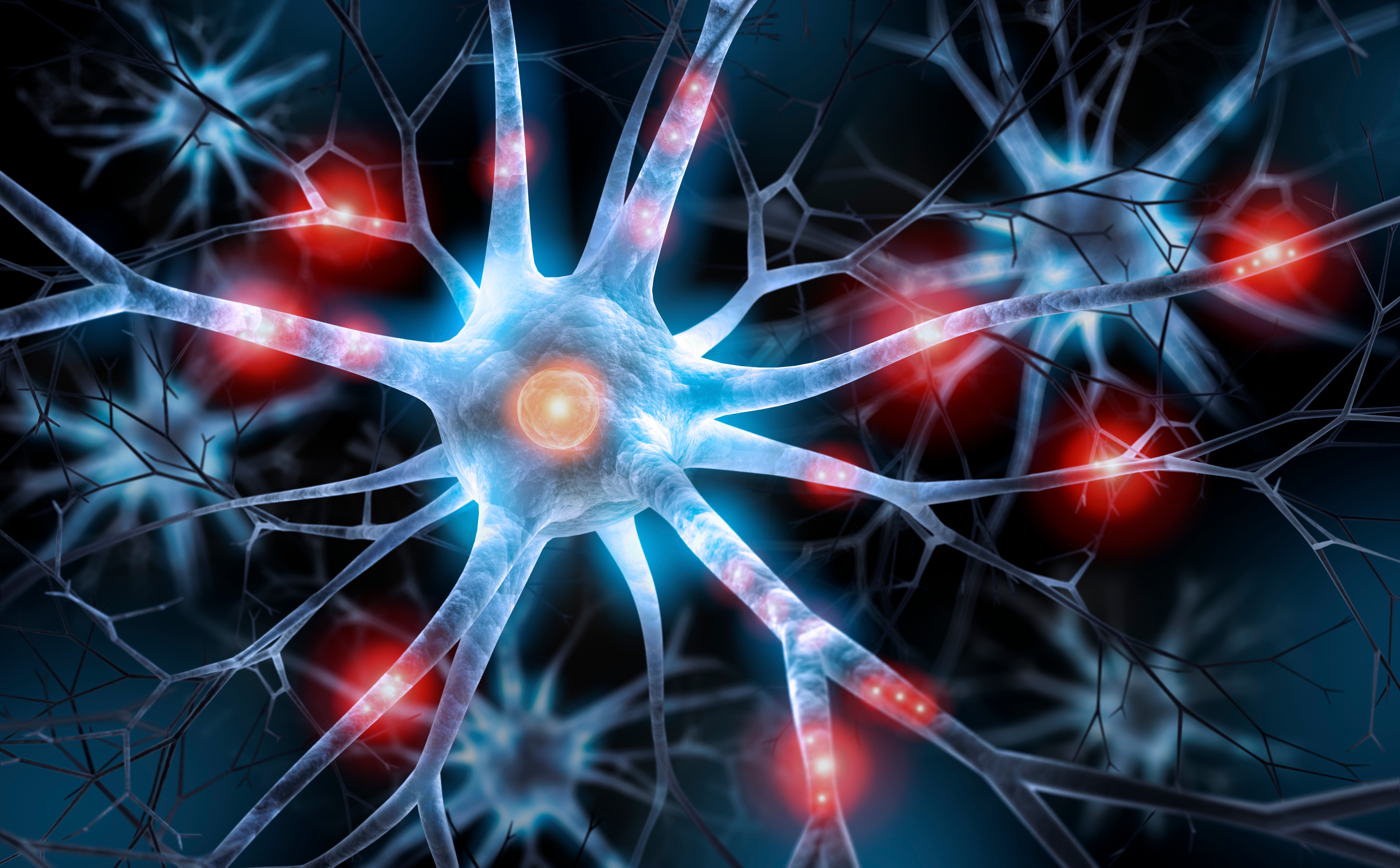Botox® and Migraines
There are 39 million people in the United States who suffer from migraines. Women (18%) and children (10%) are more likely than men (6%) to experience them. Migraines are far more severe than an ordinary tension headache. Many things can trigger a migraine, including food.
Nearly a third of people who get migraines can point to dehydration as a cause, says the American Migraine Foundation. When you are dehydrated, you lose fluid in your body, including in your brain. That makes the brain temporarily shrink and pull away from the skull, which can cause pain and/or a migraine. The good news is that as soon as you down the appropriate amount of liquid, the brain plumps back up. Once the migraine has started, guzzling liquids might not cure it, but it does serve as a powerful notice to stay hydrated.
Frequency - CHRONIC MIGRAINE: 15 or more headache days per month (at least 8 associated with migraine) vs. EPISODIC MIGRAINE: 14 or fewer headache days per month (some are associated with migraine).
Doctors believe Botox works for migraine headaches because it blocks chemicals called neurotransmitters that carry pain signals from your brain. Botox is like a roadblock in that pathway. It stops the chemicals before they get to the nerve endings around your head and neck.
The FDA approves the use of Botox to treat chronic migraine in adults who are age 18 or over. Botox is considered an “off-label” treatment if it’s used for children or adolescents. This means that a doctor can prescribe it, but insurance companies might not pay for it.
When you receive your first Botox treatment, expect the appointment to take about 20 minutes. The doctor uses a very small needle that feels like a pinprick. He or she injects small amounts of Botox into shallow muscles in the skin. Each treatment typically involves 31 injections in seven key areas of the head and neck.
The most common side effect from the Botox shots is a sore neck, and we recommend using an ice pack to reduce the discomfort.
It can take up to six months to see the maximum benefit from Botox. In the meantime, you can continue your regular medications with no risk of a drug interaction.
Dr. Gulshan Uppal is one of only a few physicians in this area to offer Botox treatment for chronic migraines. To schedule an appointment today, call Freeman Neurology & Headache Clinic at 417.347.8093.

Freeman Neurology & Headache Clinic
1020 McIntosh Circle, Suite 200
Joplin, MO 64804
417.347.8093
